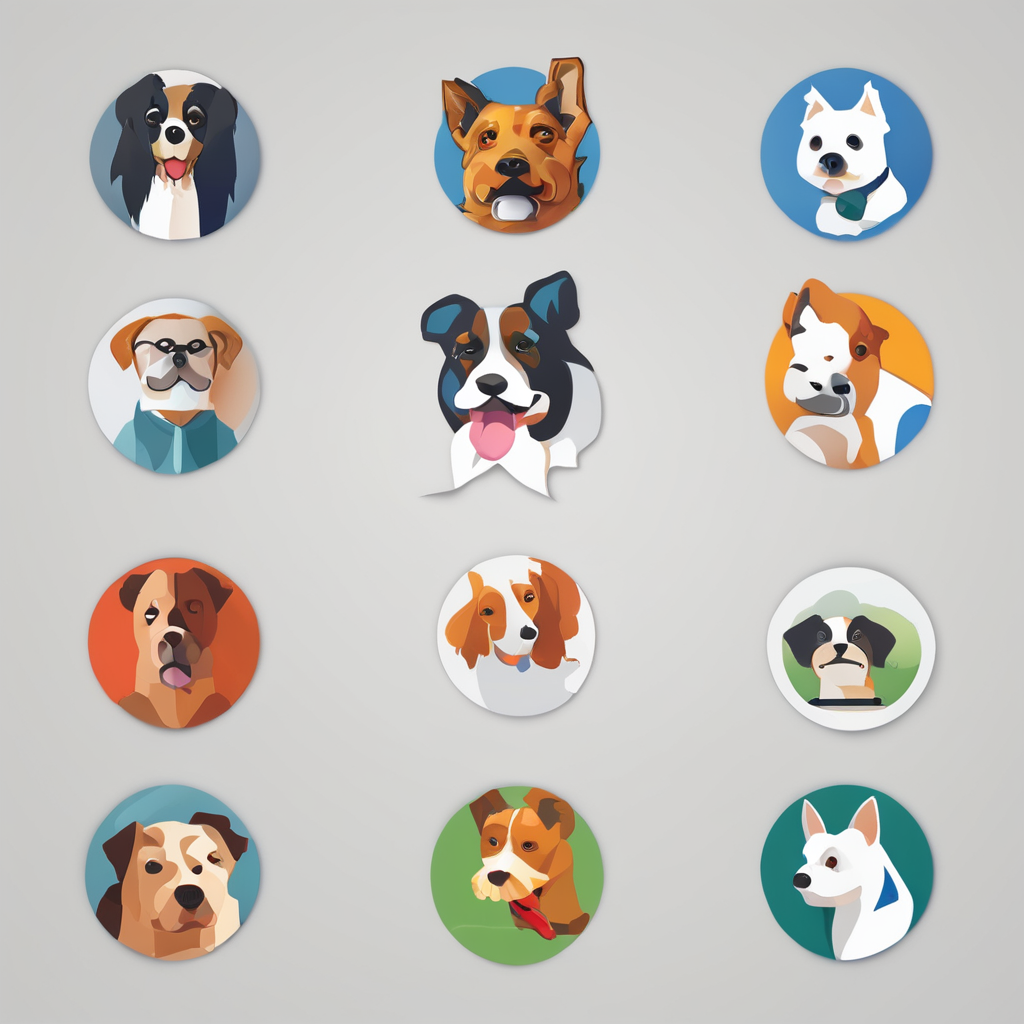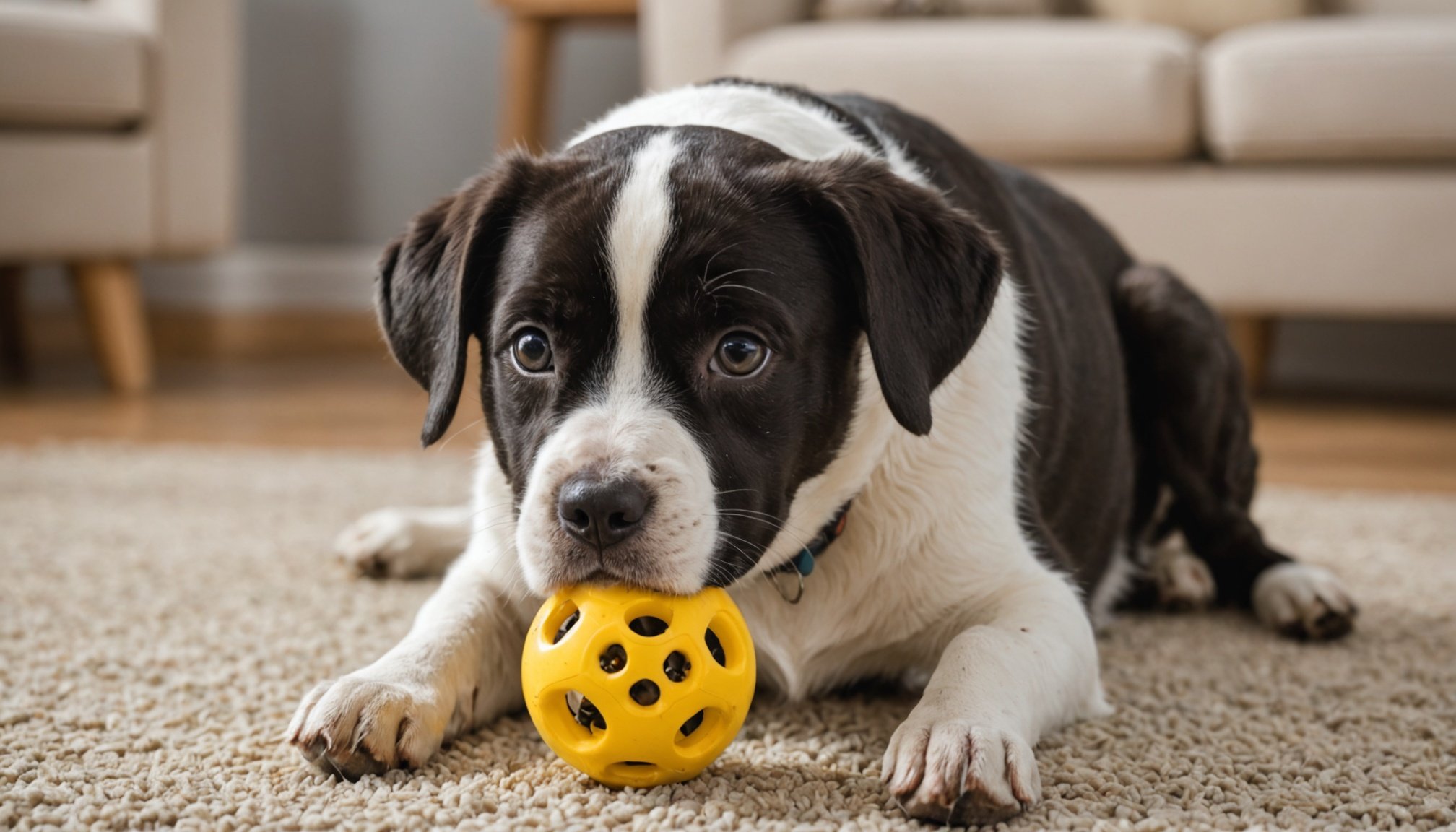Understanding your dog’s chewing habits is crucial. Chewing is a natural behavior for dogs, but when it turns destructive, it can lead to damaged furniture and personal items. Thankfully, the right toys can help channel this behavior positively, keeping your home intact while providing your pet with appropriate outlets for their chewing needs. In this article, we will delve into effective strategies for identifying the best chew toys tailored to your dog’s habits, helping to ease anxiety and reduce the risk of destructive behavior.
Recognizing Your Dog’s Chewing Behavior
To select suitable toys for your dog, start by understanding their chewing behavior. Dogs chew for various reasons: boredom, anxiety, teething, or simply out of instinct. Observing your dog’s habits will provide insights into their chewing preferences.
Also to see : Ultimate tips for designing a wholesome raw diet for your developing boxer puppy
For instance, a puppy may chew more frequently as they transition from baby teeth to adult ones. They might seek out softer items like plush toys or rubber chews to relieve discomfort. On the other hand, adult dogs may chew due to boredom or anxiety, often opting for harder materials.
Keep an eye on what items attract your dog. If they gravitate towards shoes or furniture, it indicates a potential need for more stimulation and appropriate chewing options. Additionally, consider the texture and taste of chew toys. Some dogs may prefer toys that have a certain texture or flavor, while others may be indifferent.
Topic to read : What specific dietary needs should I consider for my senior dog to maintain their health and well-being?
By taking note of these behaviors, you can find toys that cater to your dog’s specific needs. Engaging with your dog during playtime can also help you gauge what they enjoy. This understanding is essential in preventing destructive behaviors at home and ensuring they have a variety of engaging toys that keep them occupied.
Choosing Safe and Appropriate Chew Toys
After recognizing your dog’s chewing behavior, the next step is selecting safe and appropriate chew toys. Safety should always be a priority when it comes to your pet’s toys. Look for toys made from non-toxic materials, ensuring they are safe for your dog to chew on. Materials like rubber, nylon, and certain types of plastics are generally considered safe.
Moreover, consider your dog’s size and chewing strength. Small dogs may need softer, smaller toys, while larger breeds often require more durable options. If a toy is too small, it poses a choking hazard; conversely, too large could discourage play. Additionally, assess the durability of the chew toys. Heavy chewers will likely destroy softer toys quickly, leading to frustration and potential ingestion of hazardous materials.
Some toys are designed specifically for heavy chewers. Look for products labeled as indestructible or for aggressive chewers. These can withstand rigorous chewing sessions and can help prevent destructive habits. Just remember that no toy is entirely indestructible; regular inspections and replacements are essential to maintain safety.
Another aspect to consider is the variety of textures. Dogs often find joy in toys with different textures, so providing a mix can keep them more engaged. Chew toys with ridges or bumps may also help with dental health, promoting better oral hygiene. Always supervise your pet when introducing new toys to ensure they are safe and appropriate for their chewing habits.
Using Chew Toys to Alleviate Anxiety
Anxiety can lead dogs to chew destructively, making it essential to incorporate chew toys that help alleviate their stress. Understanding how to use chew toys as a tool for calming your dog is key to preventing unwanted behavior.
Certain toys are designed specifically for alleviating anxiety, often featuring interactive elements. Toys that dispense treats or require problem-solving can engage your dog’s mind, keeping them occupied and diverting their attention from stressful stimuli. This distraction can be particularly beneficial during events that may trigger anxiety, such as loud noises or unfamiliar visitors.
Furthermore, consider incorporating chews that provide comfort. For instance, some toys are infused with calming scents or made from materials that mimic the texture of real items your dog finds comforting. These can help ease their anxiety while also satisfying their natural urge to chew.
Establishing a routine that includes chew toys can also contribute to your dog’s overall well-being. Designate specific times for interactive play, encouraging them to engage with their toys regularly. This routine not only helps them understand when to chew but also fosters a strong bond between you and your pet, enhancing their security.
While chew toys can aid in managing anxiety, remember that they are a complementary tool. Training and creating a safe environment are equally important. If anxiety persists, consult with a professional for tailored strategies to address your dog’s specific needs.
Training Your Dog to Use Chew Toys Properly
Training your dog to appropriately use chew toys is a fundamental part of managing their behavior. It’s essential to guide them on which items are acceptable and encourage them to engage with their toys rather than household items.
Start by introducing the chew toys during play sessions. Use positive reinforcement to encourage your dog to chew on the correct items. When they choose their chew toy over a shoe or furniture, praise them or offer treats. This creates a positive association with the toys you want them to use, reinforcing appropriate behavior.
Additionally, redirect your dog’s attention when they begin chewing on inappropriate items. Say a firm but gentle “no,” and immediately provide them with an appropriate toy. This technique helps them learn what is acceptable to chew on while also preventing them from developing destructive habits.
Consistency is vital in this training process. Ensure that everyone in the household follows the same guidelines, so your dog receives a clear message about what is acceptable. It may take time and patience, but with persistence, your dog will learn to engage with their toys rather than your belongings.
Remember, training should always be a positive experience. Avoid scolding or punishing your dog excessively, as this can lead to fear and anxiety, making the problem worse. Instead, focus on positive reinforcement and celebrate their successes, no matter how small they may seem.
In conclusion, identifying the right chew toys for your dog is a multi-faceted process involving understanding their behavior, choosing safe options, alleviating anxiety, and training them to use the toys appropriately. By closely observing your dog’s chewing habits and selecting the ideal toys, you can help prevent destructive behavior at home while ensuring your pet remains happy and engaged. Remember that patience and consistency are crucial in this journey. With the right approach, you can create a harmonious environment for both you and your furry companion.










